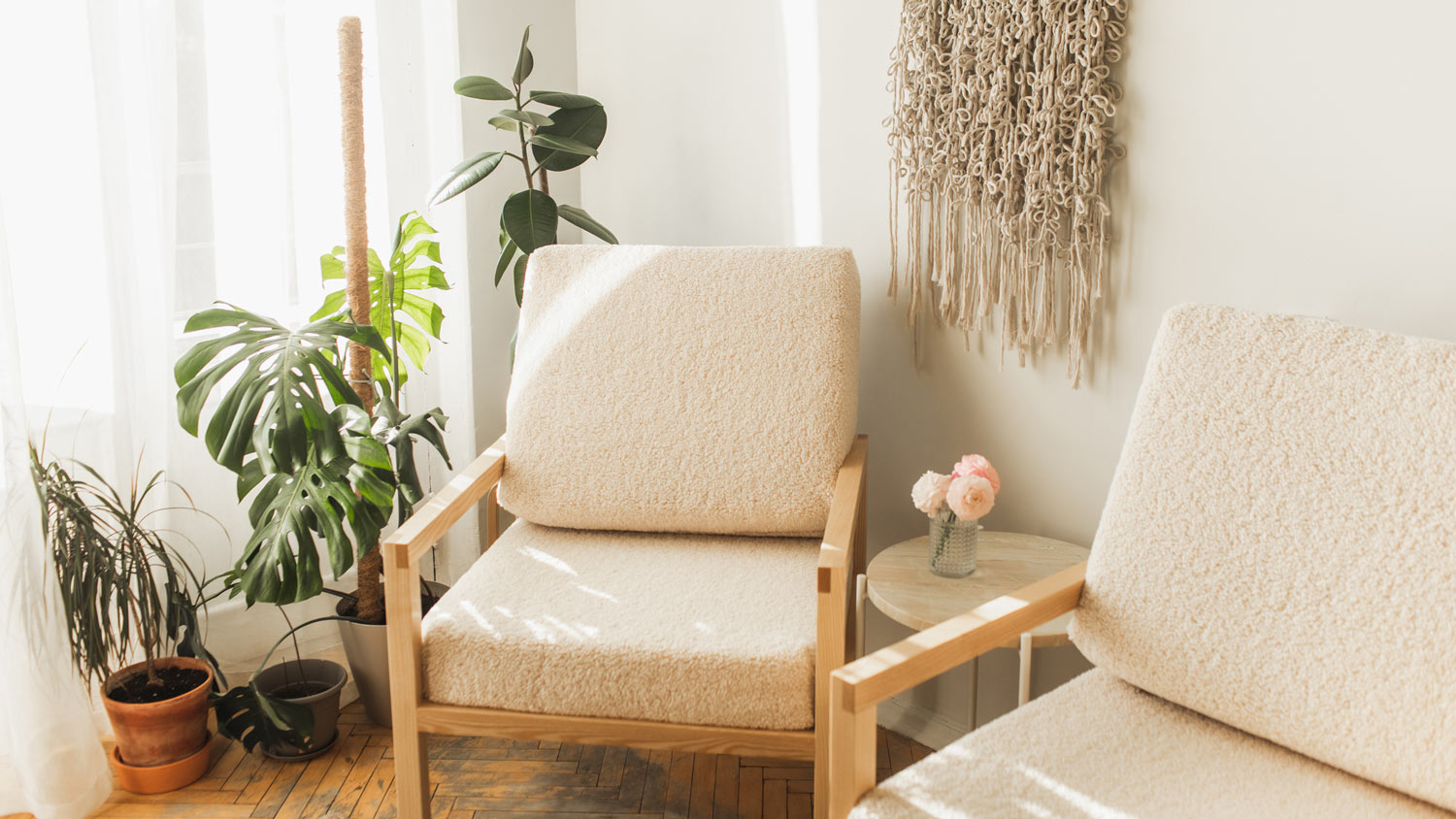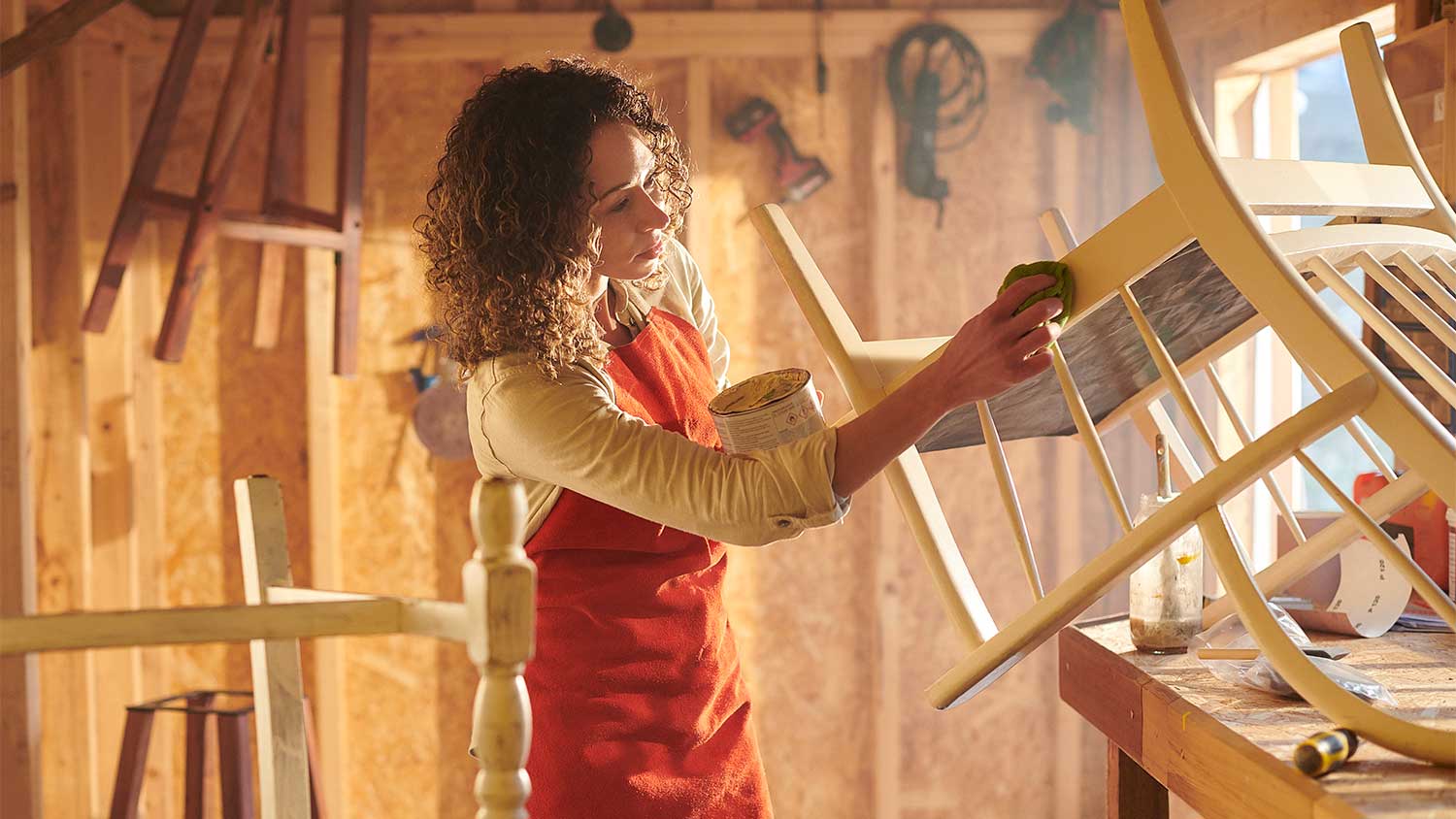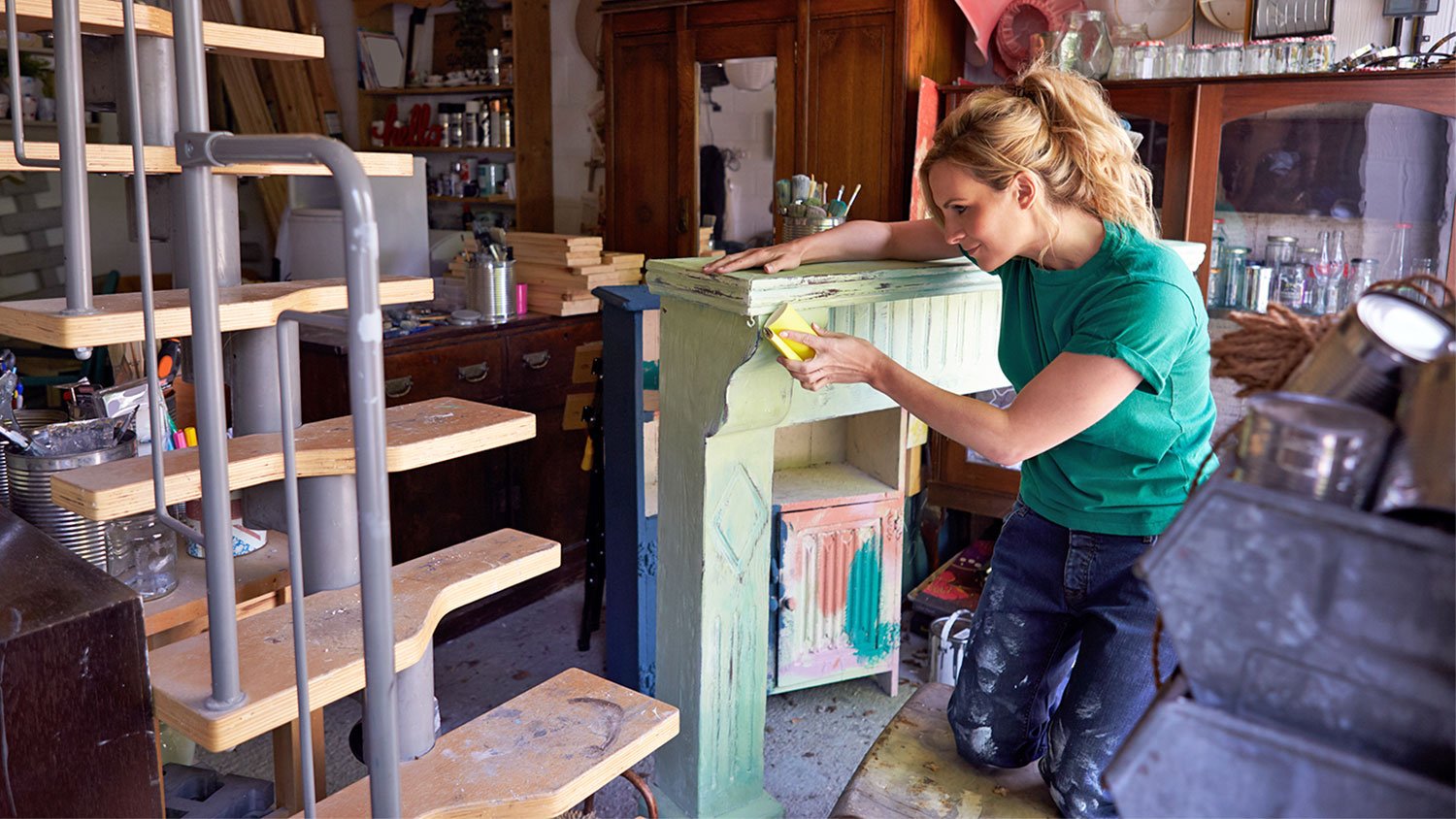
Discover the average furniture reupholstery cost, what impacts pricing, and how to save money on your next project. Get expert tips and cost breakdowns.
Sad fact: Red wine and leather don't mix


You woke up to find your teenager asleep in the living room after studying all night, pen in hand, ink on the…oh no, not the leather couch! Don’t fret: We’ll teach you how to clean a leather couch, remove a variety of stains, and keep your couch safe from future spills, marks, and blemishes.
The leather couch cleaning agent you will use for the general cleaning will depend on whether or not you have finished or unfinished leather. Finished (aka treated) leather has a protective coating and can be cleaned with saddle soap.
Unfinished leather is much more delicate, and even a mild soap can be too harsh for it. You may know which type of leather your couch is made of, but if not, test a small, inconspicuous area with a dab of saddle soap and water.
If you find that your leather is untreated, hire a local upholstery cleaner instead.
Before you start wiping it down, go over the surface of the couch with a vacuum to take care of any dirt, debris, and crumbs. Hit the crack and crevices around the cushions while you’re at it.

For a treated leather couch, a cleaning with saddle soap—or mild dish soap—mixed with water should do the trick.
But "leather is one of those materials you always want to use the old adage ‘less is more’ when it comes to cleaning," says Asya Biddle, Angi Expert Review Board member and manager of The Dust Busters janitorial company in Williamsport, PA. "Whether it’s treated or not, try a damp microfiber cloth first before adding any mild or saddle soap."
For stubborn marks and stains, spray a small amount of rubbing alcohol onto a clean cloth and blot it. You can also use a cotton ball or swab to target ink stains—just make sure you only use it on the stained area so you don’t cause the ink to bleed.
After blotting it with the cotton ball, dab the spot with a clean towel. You may have to do this a few times as the stain lifts away from the leather. As with soaps, you should test a small, unseen spot on your couch to make sure the alcohol is compatible with the leather.
You can remove sticky or chewy substances, like chewing gum or other candy, from your leather couch using something you probably already have lots of: ice.
Put several ice cubes in a plastic baggie and let the bag sit on the problem spot for a few minutes. Next, remove the bag of ice and pick at the (now-hardened) stain with your finger or a spoon. Then, repeat the process as needed to get everything off your sofa.
Once all the dirty marks and sticky stuff are off, give the sofa a once-over with a damp, soap-free microfiber cloth.
To finish off, grab a dry microfiber cloth and go over the couch to absorb any excess moisture.
Let the sofa air dry for 24 to 48 hours before using it again or applying conditioners.
Cleaning products can have a drying effect on leather, so make sure to condition your couch with a leather cream conditioner after it has dried. Keep in mind that if your couch has faded in color, you’ll want to make sure the conditioner has a stain that closely matches the original color of your couch.
Follow the manufacturer’s instructions, though most will recommend you apply it with a clean cloth, let it sink in, then buff out using circular motions. You’ll want to let your couch dry one more time after completing this step. Then, you’re free to resume movie nights.
Your couch is more than just a piece of furniture. It’s the setting of Saturday game nights and solo reading sessions. It’s an important part of the family, so make sure to take the time to keep it looking great.
Maintain and protect your leather furniture for years to come by following these tips.
To prevent mold and mildew from growing on your couch, make sure your home—and especially the room the sofa lives in—is well-ventilated with open windows or fans to keep moisture out.
If your couch’s leather tolerates it, you can also cover it in a thin coat of anti-fungicidal silicone resin or wax dressing. These materials are not recommended for lighter-colored leather, as the couch could become discolored.
Leather is sensitive and reacts to many common household chemicals. Acetone-based items (like nail polish remover) and chlorine (from a wet bathing suit) are two chemicals that can cause staining and discoloration to your sofa. In addition, some types of denim can cause dye transfer and leave a mark.
The longer a stain is allowed to sit, the higher the likelihood that it will become permanent (or at least become harder to get out). Clean ink and other stains using the methods we described above.
Once per week, you should wipe down and vacuum away any dirt on the couch. Every month, do a regular cleaning with saddle soap and water, as well as a conditioning treatment. The conditioner will not only make your couch lustrous but will prevent any cracking.
If your couch has stubborn stains, is untreated, or cleaning it is just one task too many for you this month, consider hiring a professional. A leather couch cleaning will cost between $195 and $475, depending on the size and the type of leather. Working with a professional furniture cleaner is worth it when you consider most new leather couches start at $1,000.
From average costs to expert advice, get all the answers you need to get your job done.

Discover the average furniture reupholstery cost, what impacts pricing, and how to save money on your next project. Get expert tips and cost breakdowns.

Wondering how much it costs to refinish a table? Get average prices, cost factors, and tips to help you budget and choose between DIY or hiring a pro.

Get transparent furniture refinishing cost information and learn average prices, cost factors, and ways to save before hiring a pro and starting your project.

Wondering how much it costs to reupholster a chair? Learn about average prices, key cost factors, and ways to save on your chair reupholstery project.

Discover custom furniture costs, including average prices, cost factors, and tips to help you budget for your next custom piece.

If you’re looking into refinishing some furniture, here are some common furniture refinishing questions you can expect to discuss with a pro.